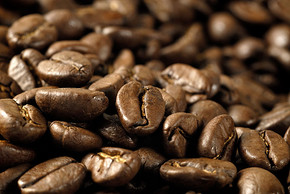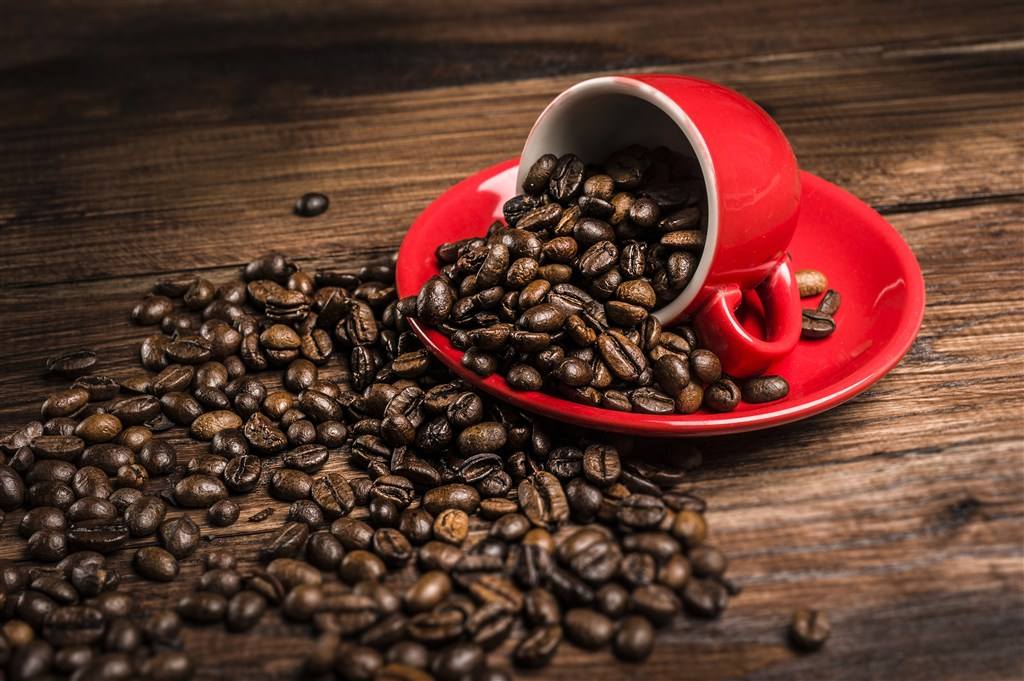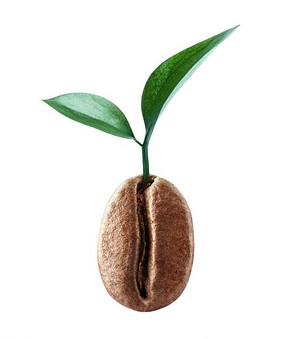El Salvador Coffee A brief introduction to Coffee in Santa Teresa Coffee Manor
Follow the caf é (Wechat official account vdailycom) and found that Beautiful Cafe opened a small shop of its own.
In the early 1990s, guerrilla warfare greatly damaged the country's national economy, reducing coffee production from 3.5 million bags in the early 1970s to 2.5 million bags in 1990-1991. The eastern part of the country was most affected by guerrilla warfare, and many farmers and workers were forced to leave the manor. The shortage of funds has led to a sharp drop in coffee production, from 1200 kg per hectare in the past to less than 900kg per hectare today.
El Salvador, with its upland topography, is the smallest country in Central America, flanked by Guatemala and Honduras. Because there are two parallel mountains in the country, the volcanic soil is rich in minerals, and this special geographical environment makes El Salvador suitable for growing coffee.

The coffee tree in El Salvador is Arabica, and there are mainly Bourbon and Pacas. Its coffee taste is refreshing and balanced, which is divided into three grades according to altitude, namely SHG (Strictly High Grown), SG (High Grown) and SC (Central Standard).
It is worth mentioning that the Santa Teresa Coffee Manor in El Salvador produces a kind of hot spring coffee, which gets its name from the use of hot spring water for washing treatment. Its special and supple sour taste and sweet smell are very charming. Because of its low output and high unit price, it is a very distinctive coffee.
The coffee variety of Santa Teresa Coffee Manor is Pacamara (hybrid of Bourbon and Maragogype), flowering period: April to May, harvest time: December to March, washing, natural drying. Santa Teresa Coffee Manor is located with fertile volcanic soil and rich natural hot springs. The water temperature of the fountain is 85 degrees. A 2-inch pipe is used to direct the water to six hot spring pools at different elevations. The temperature at the sixth hot spring pool is 32-34 degrees, and then the cooled hot spring water is used to process raw coffee beans. This hot spring water keeps flowing all the year round, and the local people drink it. It has a pH of 8.02 and contains ingredients that make coffee sweet.
In addition, the government imposed an additional 15% tariff on exported coffee in 1986, that is, an additional 15% in addition to the existing 30% tax. Taxes, together with unfavorable exchange rates, have greatly reduced the export of coffee and the quality of coffee.
The government finally realized the great role of coffee in the national economy, such as solving employment, earning foreign exchange and developing agricultural production, so it privatized some coffee export industries in 1990, hoping to increase the income rate of coffee in the export market.
Important Notice :
前街咖啡 FrontStreet Coffee has moved to new addredd:
FrontStreet Coffee Address: 315,Donghua East Road,GuangZhou
Tel:020 38364473
- Prev

El Salvador Spa Coffee
Pay close attention to the coffee review (Weixin Official Accounts vdailycom ) and find a beautiful cafe to open its own shop El Salvador Santa Teresa Pakamark El Salvador Hot Spring Coffee. At first glance, the name is quite special, and its real special feature lies in its growing place and unique production process. El Salvador Hot Spring Coffee is selected from El Salvador.
- Next

The difference between Nicaraguan (Nicaragua) coffee and Guatemala (Guatemala) coffee
Following Cafe (Wechat official account vdailycom) found that Nicaragua Coffee is relatively unknown compared with Guatemala Coffee, which runs a small shop of its own. Compared with high mountain beans in Guatemala, Nicaraguan beans are more balanced and lack a little of their own characteristics. Gentle and graceful Nicaraguan coffee Matag
Related
- Detailed explanation of Jadeite planting Land in Panamanian Jadeite Manor introduction to the grading system of Jadeite competitive bidding, Red bid, Green bid and Rose Summer
- Story of Coffee planting in Brenka region of Costa Rica Stonehenge Manor anaerobic heavy honey treatment of flavor mouth
- What's on the barrel of Blue Mountain Coffee beans?
- Can American coffee also pull flowers? How to use hot American style to pull out a good-looking pattern?
- Can you make a cold extract with coffee beans? What is the right proportion for cold-extracted coffee formula?
- Indonesian PWN Gold Mandrine Coffee Origin Features Flavor How to Chong? Mandolin coffee is American.
- A brief introduction to the flavor characteristics of Brazilian yellow bourbon coffee beans
- What is the effect of different water quality on the flavor of cold-extracted coffee? What kind of water is best for brewing coffee?
- Why do you think of Rose Summer whenever you mention Panamanian coffee?
- Introduction to the characteristics of authentic blue mountain coffee bean producing areas? What is the CIB Coffee Authority in Jamaica?

